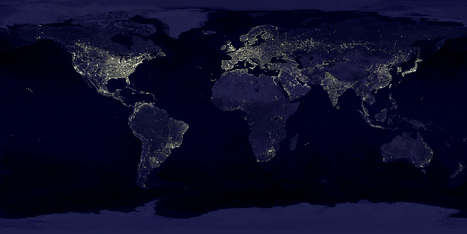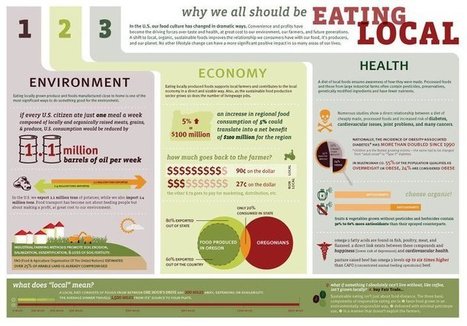It was just over two centuries ago that the global population was 1 billion — in 1804. But better medicine and improved agriculture resulted in higher life expectancy for children, dramatically increasing the world population, especially in the West.
This is an excellent video for population and demographic units, but also for showing regional and spatial patterns within the global dataset (since terms like 'overpopulation' and 'carrying capacity' inherently have different meanings in distinct place and when analyzed at various scales). It is also a fantastic way to visualize population data and explain the ideas that are foundational for the Demographic Transition Model.
Tags: population, scale, visualization, Demographics, models, unit 2 population, sustainability, regions, spatial.



 Your new post is loading...
Your new post is loading...











Unit 2
This video describes and explains how we got to a population of 7 billion people so fast
It also uses water to demonstrate it.